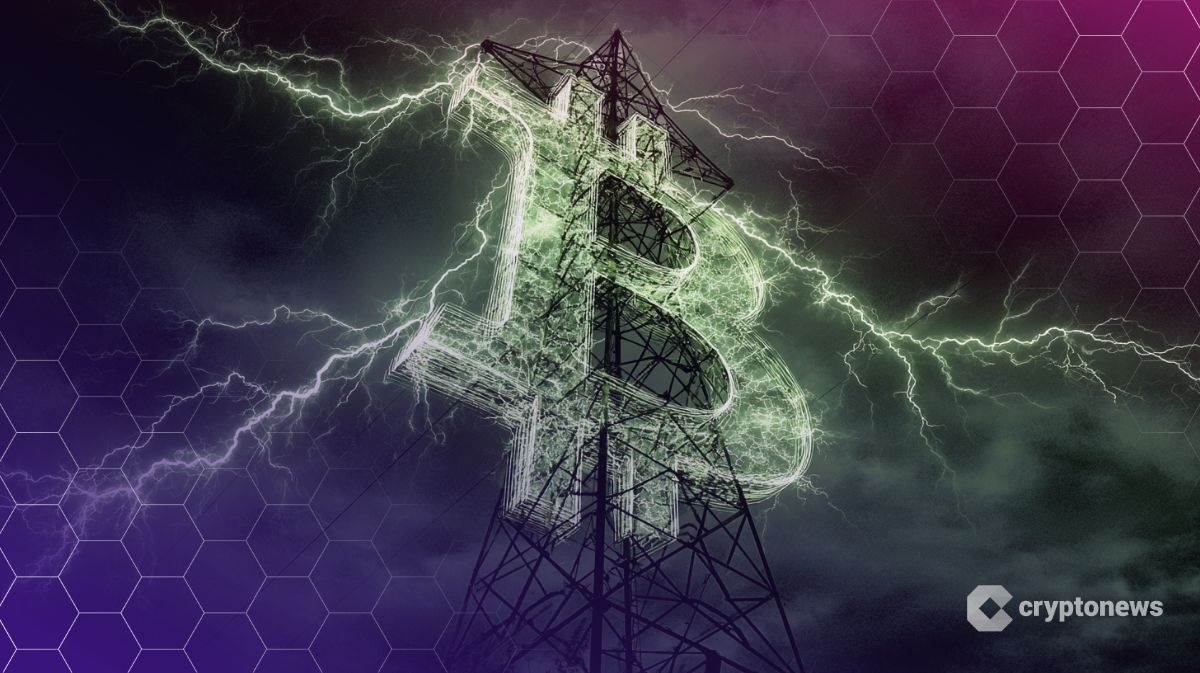In 2010, Hal Finney described the Bitcoin banks of the future. What did he say, and do we have such banks today?
In a 2010 Bitcointalk forum post, Hal Finney, a cypherpunk involved in Bitcoin from day one, described the way he sees the emergence of Bitcoin banks in the future. He believed that peer-to-peer Bitcoin transactions would be rare. Instead, people will use better-scaled digital cash issued by Bitcoin-backed banks.
Table of Contents
- How was Hal Finney, and what did he write about Bitcoin banks?
- Was he talking about Bitcoin treasuries?
- Do Bitcoin banks exist today?
How was Hal Finney, and what did he write about Bitcoin banks?
Finney was a cypherpunk community veteran, working on various solutions that would help maintain online privacy. For years, Finney worked at PGP Corporation. He is the creator of the first reusable proof-of-work system, and he was the first person to receive a BTC transaction from none other than Satoshi Nakamoto. No wonder he was an influential figure in the Bitcoin community. He died in 2014 at the age of 58.
In December 2010, the Bitcointalk user with the wobber handle initiated the discussion about how Bitcoin banks could work. While some people suggested that such banks could safely store clients’ bitcoins, charging them some fees or giving loans against Bitcoin, others were skeptical, viewing the idea as worthless. One of the users even mentioned Ripple as an already existing example.
Hal Finney joined the discussion. He wrote that Bitcoin-backed banks have a good reason to exist. He saw Bitcoin banks as organizations issuing Bitcoin-redeemable digital cash for settling transactions. Finney noted that Bitcoin is not an efficient means of exchange, so the secondary layer payment system will solve this problem.
In another post, he explained that large purchases in Bitcoin need more time so that the parties involved will see several confirmations. Finney saw Bitcoin-backed digital currencies issued by banks as the way to avoid this inconvenience.
According to Finney, Bitcoin will be used by banks to settle net transfers between each other, while individuals will use other digital money for regular transactions. Finney said that banks can have different policies, currencies, interest rates, etc. He mentioned George Selgin’s findings on free banking as the reference for Bitcoin banks and stated that these banks could be self-regulating, stable, and inflation-resistant.
Was he talking about Bitcoin treasuries?
On June 22, 2025, a Bitcoin Strategy CEO at Semler, Joe Burnett, published a screenshot of Finney’s post, stating, “Hal Finney foresaw the rise of bitcoin treasury companies.”
George Selgin, whose work was mentioned in Finney’s post about Bitcoin banks, noted that Burnett is wrong that Finney was talking about something similar to Bitcoin treasuries. He wrote:
“Mr. Burnett doesn’t seem to know the difference between a bank and a treasury company, two entirely different things. What Finney envisioned was a competitive system of Bitcoin-based banks, the IOUs of which would serve as second-layer payments media.”
It’s fair to say that Finney’s vision is way different from Bitcoin treasury companies, as they don’t issue Bitcoin-backed digital cash that would have exchange properties. Treasuries issue stocks that are influenced by Bitcoin but not backed by it. More than that, these stocks are not used to buy anything. Treasuries (e.g., Strategy) often issue debt to purchase more bitcoins, hoping that Bitcoin’s long-term price appreciation will pay off the debt or at least propel stock prices higher.
Free banking, mentioned by Finney, supposes the existence of private currencies issued by banks. Such banks existed in the 19th century in several countries; however, by the 1950s, they were gone.
Do Bitcoin banks exist today?
The banks described by Hal Finney don’t exist today. However, he wasn’t completely wrong about Bitcoin-backed banks. Some banks have elements of Bitcoin banks, while the crypto community embraced stablecoins, which serve as a convenient means of payment and savings.
For instance, some banks create treasuries to accumulate Bitcoin. They do it to hedge against fiat money debasement and believe Bitcoin reserves can boost their holdings. One of the banks that recently started to accumulate Bitcoin is Solar Bank.
The idea of a second-layer digital payment system and multiple digital currencies is fully realized in the form of the altcoin market. Many cryptocurrencies are cheap and quick to transact, so in this regard, Finney was close to what we know today. However, only a few of them are issued by the banks; mostly, it is stablecoins. Central banks of several countries are working on CBDCs, which are not Bitcoin-backed.
The DeFi platforms may provide some of the banking services in a decentralized manner; for instance, you may lend or borrow crypto there or keep it in exchange for yield. However, one cannot redeem these cryptocurrencies for a fixed Bitcoin price. Such a phenomenon as neobanks is a type of platforms that provide bank-like services and allow operations with crypto.
Selgin claimed that he doesn’t think Bitcoin banks will emerge soon, as there will not be profit “in supplying substitutes for a relatively unpopular means of exchange.” However, Selgin is not dismissing the possible emergence of Bitcoin banks in the future.
You May Also Like

A whale deposited 2.73 million USDC into HypeLiquid and opened a BTC short position with 20x leverage

Eskom Grid Surges to 60.6%—Is South Africa Poised for Its Bitcoin Mining Plan?
